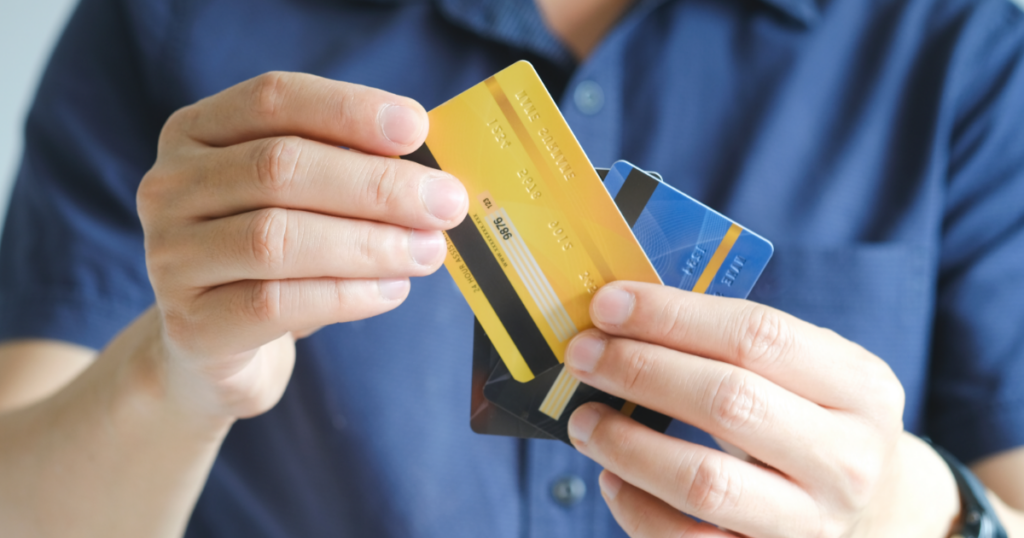
When working with financial institutions to improve profitability, the debit card program receives a bright spotlight because of its potential to increase the organization’s revenue and decrease its costs. PRI consultant Candace DeBarger says that four myths about debit cards can be a barrier to maximizing their profit potential, and she debunks them below.
Myth #1: Debit cards take care of themselves.
Debit cards are the primary way that your customers access their money and engage with your financial institution. An active debit card customer is more profitable than a check writer because interchange income from your debit card program is the top source of deposit-based non-interest income (NII). On the cost side, PIN network and processor costs are negotiable, and on the revenue side Visa and Mastercard offer incentives that allow FIs to increase the profitability of their debit card programs.
To maximize revenue and minimize costs associated with the debit card program, consider incorporating the follow actions into your operations.
- Create a debit card P&L. Isolating the debit card program from other products will demonstrate both the value of the program over time and highlight areas of potential improvement.
- Track profitability by active card and transaction to spot anomalies. If there are noticeable swings, there may be an error on one of your invoices or the beginning of a new interchange trend.
- Don’t try to eliminate all fraud. Some fraud is a necessary evil, and as volume increases, it will too. Work to prevent and mitigate fraud, but don’t try to eliminate it entirely or you risk your relationship with the customer. If a debit card is rejected improperly for fraud, one out of every four customers will put the card away and never use it again.
- Market your debit card program; your brand partner is a great resource for this.
- Hold someone accountable for the revenue and the expenses.
Myth #2: I should use my processor’s PIN network.
Not all PIN networks are created equal, and just because your EFT processor owns a PIN network does not mean they’re your only choice. PIN networks, in fact, offer a wide range of expense structures and some fees are not immediately obvious. PIN network processor costs should be tracked and negotiated. A small swing in fees can make a big difference to the institution’s bottom line over time.
Some tips to remember as you evaluate your PIN network include:
- There are wide ranges of expense structures and multiple places to hide those expenses. These costs can be negotiated.
- Interchange fluctuates regularly. Don’t commit for more than five years.
- You can change PIN networks without impacting your cardholders negatively.
Myth #3: Contactless debit cards are too expensive.
It’s true that contactless cards are more expensive, but they’re not too expensive. Contactless debit cards are faster and produce less customer friction. Inserting an EMV card into a reader typically takes about 7 seconds to complete the transaction, whereas tapping the card is nearly instantaneous. The average consumer uses their contactless card for two more transactions each month over an EMV card. In an average 10,000 card portfolio, that’s $120,000 in incremental revenue. Finally, contactless card transactions are just as secure as EMV transactions, and the urban legend that fraudsters can read your contactless card from several feet or inches away is not true.
Myth #4: We need a surcharge-free ATM program.
Cash is not winning and, in fact, has been on a sustained decline since the pandemic when many people did not want to handle cash. While surcharge-free ATMs were a good idea in the past to attract and retain customers, they are now more akin to giving away revenue. Consumers have become accustomed to paying surcharges for cash, and they no longer base their selection of FI on the absence of ATM fees. In addition, there are other ways to obtain cash such as “cash back” at retail outlets.
With focused attention on the financial institution’s debit card program, revenue can be increased substantially over time by using some straightforward strategies and tools. By unveiling debit card myths, you’re opening the door to discovering true debit card profitability.
Resources
Maximizing PIN Debit Card Interchange – PRI
Growing Revenue with Your Debit Card Product – PRI
Maximizing PIN Debit Card Interchange – PRI
How Financial Institutions Maximize Revenue from Interchange Income – PRI
PRI specializes in identifying profitability improvement areas for financial institutions through revenue growth, cost control, streamlining processes, and effective use of technology. Contact us to learn more about our personalized approach to propel growth and improve profitability.
Other Recent Articles
- Are ATMs a Profitable Asset or Dead Weight?
- Top 7 Mistakes to Avoid for a Smooth Merger or Acquisition
- 3 Keys to Creating a Successful Acquisition Playbook
- Deposit Growth Strategies for Today, Tomorrow, and Forever
- Community Banking Month: United Bank’s Impactful Community Support Strategy
- Community Banking Month: How Peoples Bank is Strengthening Their Community
